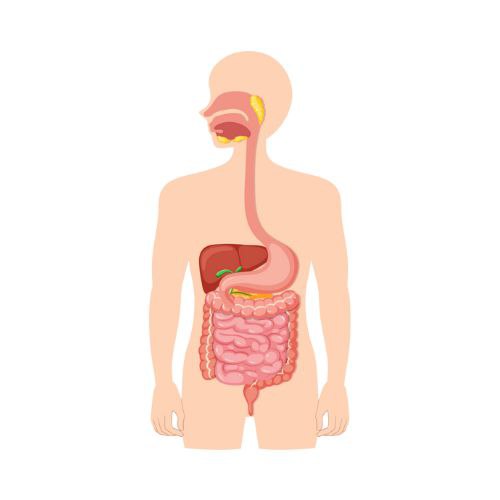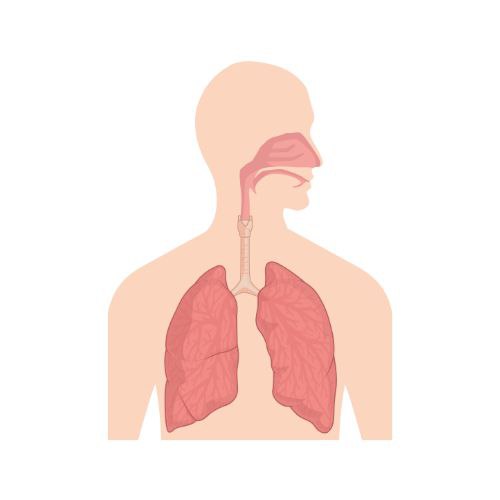Adverb
Definition: An adverb is a word that modifies or qualifies other parts of speech, excluding nouns, pronouns, and interjections. It provides additional information about verbs, adjectives, other adverbs, or even entire sentences, enhancing our understanding of how, when, where, why, or to what extent something occurs.
Examples:
- “I walk slowly.” (Modifies the verb ‘walk’, indicating the manner of walking)
- “He is very beautiful.” (Modifies the adjective ‘beautiful’, expressing the degree of beauty)
- “He walks fast.” (Modifies the verb ‘walks’, describing the speed of walking)
Key Points:
- Adverbs primarily modify verbs, adjectives, and other adverbs.
- They can also modify prepositions, conjunctions, and even entire sentences, though less frequently.
- Many adverbs are formed by adding ‘-ly’ to adjectives (e.g., slow -> slowly, quick -> quickly).
- However, some words function as both adjectives and adverbs without changing form (e.g., fast, hard, late).
- The position of an adverb in a sentence can vary depending on its type and the element it modifies.
Classification and Examples:
The reference text categorizes adverbs into several types:
-
Simple or Independent Adverbs
- Adverb of Time (When?): now, then, soon, yesterday, today, tomorrow, daily, always, seldom, ago, often, never, sometimes, after, already, before, since, presently, immediately etc.
- Adverb of Place (Where?): here, there, upstairs, outside, nearby, far, near, neither, thither, hence, thence, nearby, away, abroad, ahead, overhead, inland, locally, universally.
- Adverb of Manner (How?): Slowly, suddenly, eagerly, anxiously, carefully, clearly, closely, correctly, bravely, badly, sadly, softly, soundly, swiftly, simply, carelessly, easily, quickly, possibly, probably, luckily, fortunately, naturally, rightly, urgently, wrongly, widely, thus, well.
- Adverb of Frequency (How often?): always, often, seldom, usually, sometimes, occasionally, rarely, never, ever, regularly, once, twice, thrice, again, weekly.
- Adverb of Quantity or Degree (How much?): almost, much, nearly, quite, too, very, little, more, enough, slightly, somewhat, rather, partly.
- Adverb of Affirmation and Negation: Really he is an honest man.
- Adverb of Cause and Effect: Hence (for that reason), therefore, accordingly, consequently.
- Adverb of Order (Why?): First, second, secondly, third, last, lastly, etc.
-
Interrogative Adverbs: When, Where, How, How much, Why
-
Relative Adverbs: When, Where, How, How much, Why
Note: Words like where, when, how, how much, and why can function as adverbs when they answer questions about a verb or the whole sentence.
Position of Adverbs
The placement of adverbs in a sentence is governed by certain rules:
-
Modifying Verbs: Adverbs typically follow the verbs they modify.
- “The class listened attentively to the lecture.”
-
Modifying Adjectives/Adverbs: Adverbs usually precede the adjectives or adverbs they modify.
- “He is a very good boy.”
- “He walks very fast.”
-
Specific Adverbs: Some adverbs have specific positions:
- Frequency Adverbs: Generally placed before the main verb but after the auxiliary verb (or ‘be’ if it’s the main verb).
- “I always remember the holiday.”
- “Those cars have just had an accident.”
- Negative Adverbs: Can be placed at the beginning of a sentence for emphasis, triggering subject-verb inversion.
- “Hardly do I go to the New Market.”
- Frequency Adverbs: Generally placed before the main verb but after the auxiliary verb (or ‘be’ if it’s the main verb).
-
Group Verbs/Phrasal Verbs: In these cases, the preposition functions as an adverb and is placed after the verb and its object.
- “Please sit down.”
- “I ran down the road.”
Forming Adverbs
-
Adding ‘-ly’: The most common way to form an adverb is to add ‘-ly’ to an adjective.
- slow -> slowly
- quick -> quickly
- beautiful -> beautifully
-
Exceptions: Some words function as both adjectives and adverbs without the ‘-ly’ ending.
- high (adjective/adverb)
- fast (adjective/adverb)
- hard (adjective/adverb)
-
Other Suffixes: Adverbs can also be formed using suffixes like ‘-wards’, ‘-long’, ‘-wise’, and ‘-ways’.
- home -> homewards
- side -> sideways
- other -> otherwise
Sequence of Adverbs
When multiple adverbs modify the same verb, they generally follow this order:
- Manner – Place – Time
- “Bob spoke eloquently at the meeting last night.”
Remember:
- Adverbs enrich your sentences by providing details about actions, states, and other descriptive words.
- Understanding the different types and their placement will help you construct clear and effective sentences.
- Pay attention to exceptions and irregular adverb forms.
- Practice using adverbs in various contexts to improve your writing and speaking skills.
Please let me know if you have any other questions or would like more examples!


















































